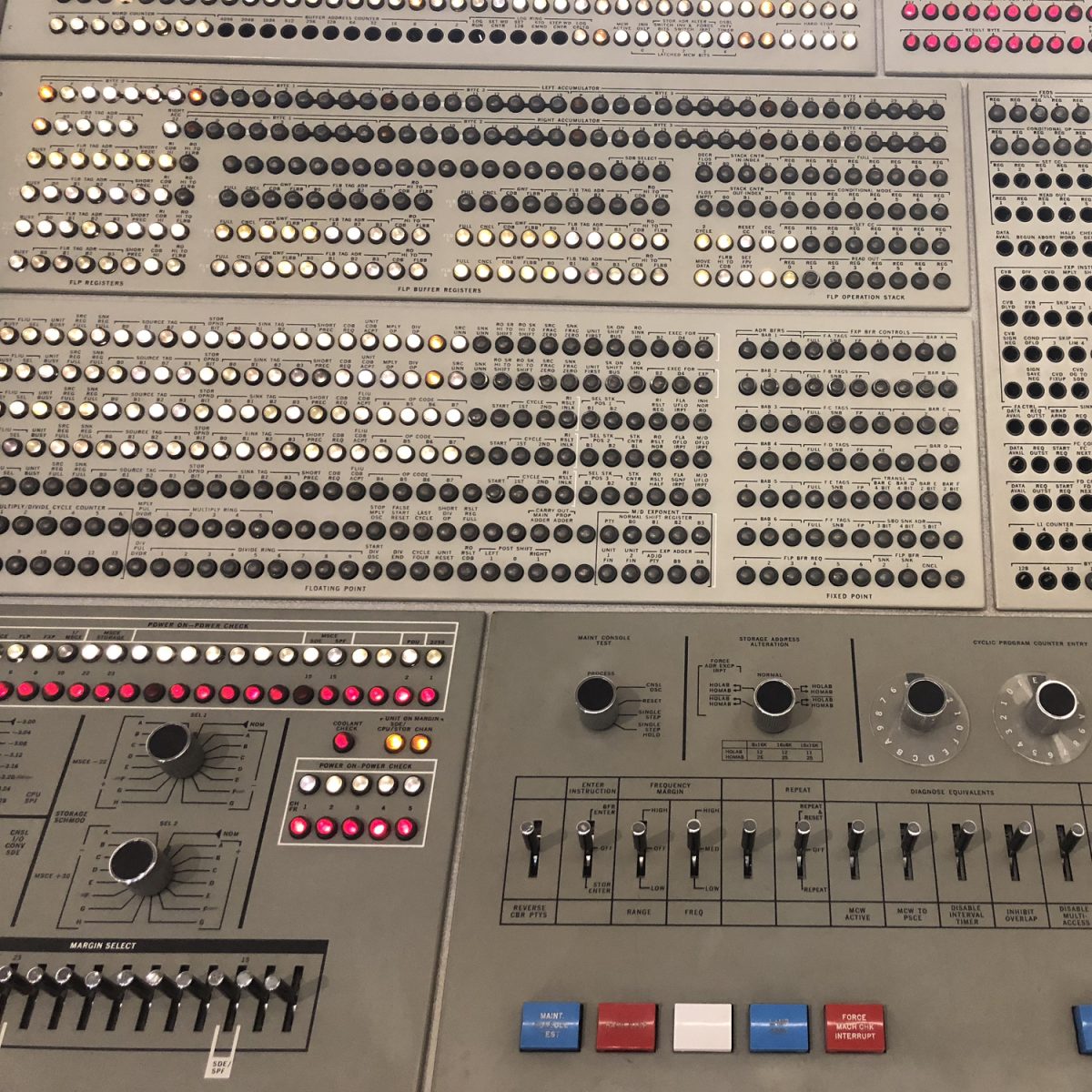Altera: The Once and Future FPGA Supplier, Part 1
Well, you made it to February. Congratulations! This is the leap month of a leap year. If you’re following the news, Kathy Ireland calendars from 1996 are hot eBay items because the dates and days of the week are the same as for 2024, so you can use ‘em again this year. Meanwhile, in more prosaic news, the FPGA supplier formerly known as Intel PSG will be announcing its new name and mission on February 29 – the leap day of a leap month of a leap year – because, you know, it’s a leap forward for the company previously … Read More → "Altera: The Once and Future FPGA Supplier, Part 1"













